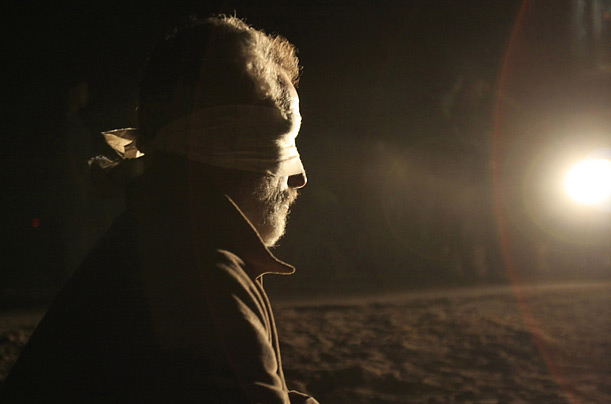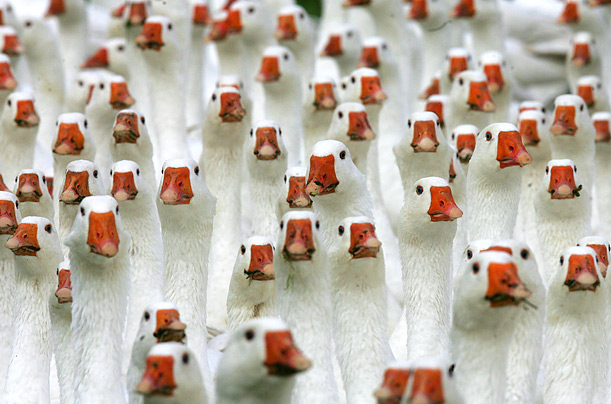a. What did you see on the website, describe it in 2-3 sentences?
On this website, I saw different photos and the website described different tricks that can be done to take photos and how to do them. The website used different rules of photography to take their pictures than what I had learned.
b. What did you learn?
I learned how to make a fake tilt and shift photo, how to make a forced perspective photo and how to make a long exposure landscape photo. The website also taught me how to make a digital infrared photo, how to make a double exposure portrait photo and how to make a 360 degree polar panorama.
c. How did the site relate to photography?
This relates to photography by writing about really cool ways to take awesome pictures as well as displaying photos using the different techniques. the website also provides step by step guides about using photoshop and the camera to achieve the technique.
http://petapixel.com/2014/12/19/disorienting-beauty-spiral-staircases-old-abandoned-buildings/
a. Why did you pick this photo?
I picked this photo because I loved all of the texture that is in it. I also find the different colorful lighting very intriguing since it adds a bunch of really cool colors to the photo.
b. What rules of photography do you see in the photo?
In this photo, I notice the rule of viewpoint. The viewpoint is there because this photo would be nothing without it's really cool angle and the way the spiral was taken from above.
c. Who took the photo?
Christian Richter took this photo.
http://blog.ted.com/how-to-create-a-killer-timelapse-with-joe-capra/
a. Describe what you saw in the video.
c. Who took the photo?
Christian Richter took this photo.
http://blog.ted.com/how-to-create-a-killer-timelapse-with-joe-capra/
a. Describe what you saw in the video.
In this video, I saw several time lapses that were all taken in the city Rio De Jenero. Some of the time lapses were taken during the day but many were taken at night showing all of the city lights.
b. Try to figure out who made the video. If it was a photographer look them up on google and see if you can learn more about them.
Joe Capra made the video. Capra had been a photographer until he was inspired by a time lapse video and decided he wanted to create one himself.
c. If there is a story about the video on the website, paraphrase it in 2-3 sentences.
d. What did you learn new?









